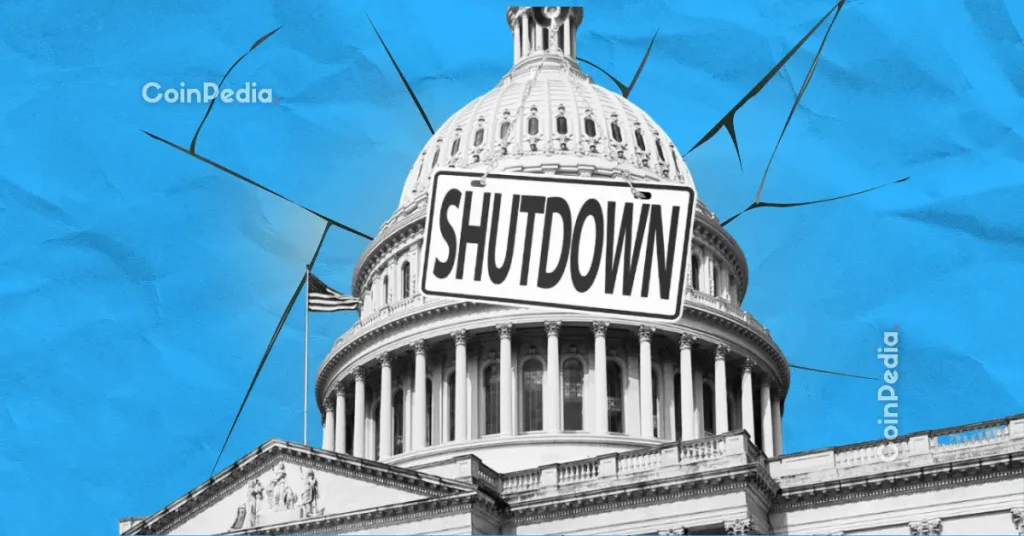ARTICLE AD BOX
Bitcoin is entering a new phase of market structure, where spot ETFs are rivaling and, in some cases, outpacing spot exchanges in daily trading volume.
Over the past 30 days, aggregate turnover in spot Bitcoin ETFs reached $62.9 billion, just under 89% of the $70.8 billion across all spot BTC trading pairs globally. This growing parity shows a significant redistribution of liquidity toward regulated instruments and changes how price discovery, volatility, and institutional participation will evolve in the coming months.
While derivatives continue to dominate, with over $890 billion in notional traded during the same period, the rise of spot ETFs as a primary layer of liquidity marks a critical turning point. Until now, global spot exchanges, particularly Binance, Coinbase, Bitfinex, and Kraken, have formed the backbone of Bitcoin trading, absorbing institutional and retail flows alike. However, ETFs are now commanding attention from allocators and traders looking to manage exposure through more familiar products.
ETF daily volume averaged $2.99 billion between June 15 and July 15, outpacing global spot’s $2.36 billion on several key days. The most pronounced divergence occurred on July 11, when ETF volume hit $6.54 billion, 50% higher than that of spot exchanges. That same day, BlackRock’s IBIT alone saw $953.5 million in new inflows, more than the combined daily volume of Bitfinex and Kraken.
 Table showing the inflows and outflows for spot Bitcoin ETFs from June 26 to July 14, 2025 (Source: Farside)
Table showing the inflows and outflows for spot Bitcoin ETFs from June 26 to July 14, 2025 (Source: Farside)This is not an isolated anomaly. The ETF-to-spot turnover ratio crossed 100% on four of the last eight trading sessions in the past month. The seven-day moving average of this ratio has been climbing steadily since the beginning of the year, indicating a structural rather than transient shift.
A combination of macro and micro factors is driving the shift in dynamics. ETFs offer lower execution slippage for institutional blocks, eliminate exchange counterparty risk, and plug directly into US prime brokerage and securities lending infrastructure. These features make them especially attractive during periods of low volatility, when intraday swings are too narrow to justify crossing wide spreads on offshore venues.
ETF liquidity relies on authorized participants (AP), which are typically large financial institutions that create and redeem ETF shares by arbitraging price differences between the ETF and its underlying assets.
When an ETF trades above its net asset value (NAV), APs buy Bitcoin on exchanges and deliver it to the ETF in exchange for new shares, pocketing the arbitrage. When the ETF trades below NAV, it redeems shares and sells the underlying BTC back into the market.
This process has two critical effects. First, it routes more demand to US exchanges like Coinbase, where APs often source their BTC for creations. Coinbase has accounted for approximately 25% of global spot BTC volume during this period, reinforcing its position as the primary hedging venue for ETF participants. Second, the AP mechanism introduces intermittent demand spikes that can decouple ETF turnover from spot volume, especially when arbitrage capacity is constrained.
These structural imbalances were visible on July 1 and July 14. On both days, ETF flow was disproportionately low compared to spot volumes, despite Bitcoin trading above $120,000 on the latter. This shows the limits of arbitrage bandwidth and the possibility that ETF turnover may not always track immediate price discovery, particularly during early US trading hours.
On-chain settlement volumes remain subdued. The average number of daily transactions stood at 376,000, far below cycle peaks of over 600,000 seen in 2023 and 2024. This reinforces the view that ETFs are adding a synthetic liquidity layer on top of Bitcoin’s base settlement layer, enabling exposure without direct participation in the on-chain economy.
 Graph showing the total number of Bitcoin transactions from Jan. 1, 2023, to July 14, 2025 (Source: CryptoQuant)
Graph showing the total number of Bitcoin transactions from Jan. 1, 2023, to July 14, 2025 (Source: CryptoQuant)The steady rise in ETF trading volume marks a shift in the structure of the Bitcoin market. While these funds don’t replace spot exchanges, they reshape the flow of liquidity, institutional access, and even the time zones of price discovery. Traditional exchanges remain vital for real-time price formation, especially in Asia-Pacific hours, but US ETFs are now anchoring market expectations during New York hours, potentially leading to more regional fragmentation in market behavior.
If this trend persists, volatility could cluster around ETF inflow/outflow cycles rather than macro headlines or funding resets. That would be a marked evolution in how Bitcoin trades, not as a 24/7 asset, but as one influenced by the tradfi calendar.
The post ETFs now shape US Bitcoin trading more than spot exchanges appeared first on CryptoSlate.
.png)
 3 months ago
10
3 months ago
10








 English (US)
English (US)